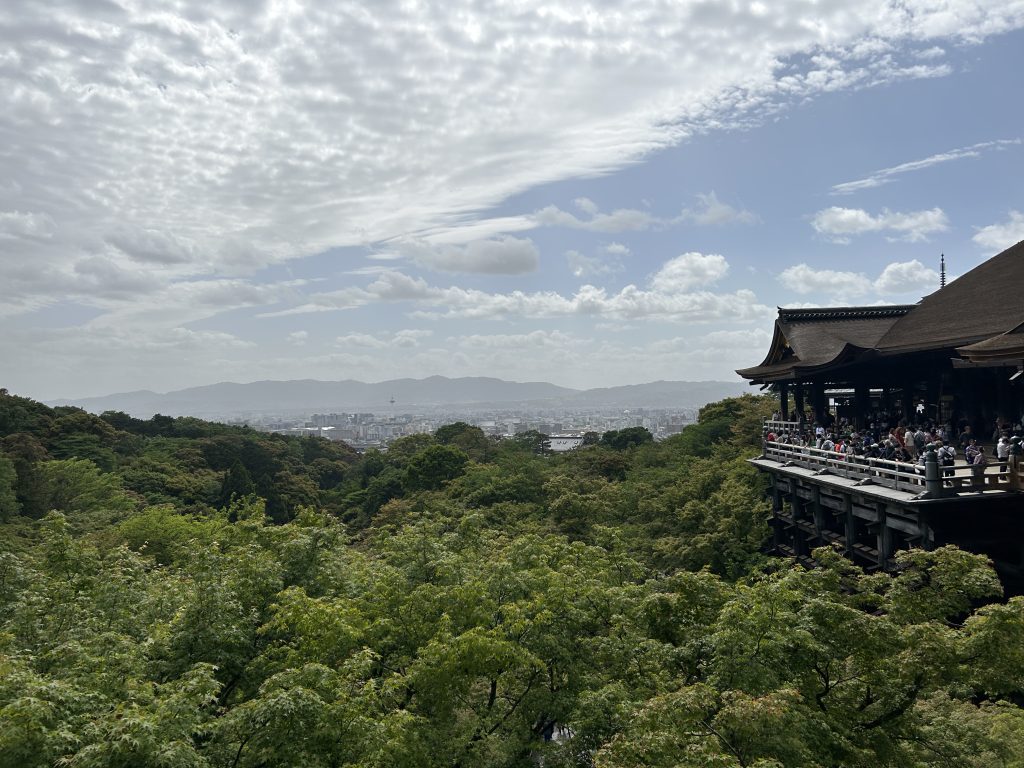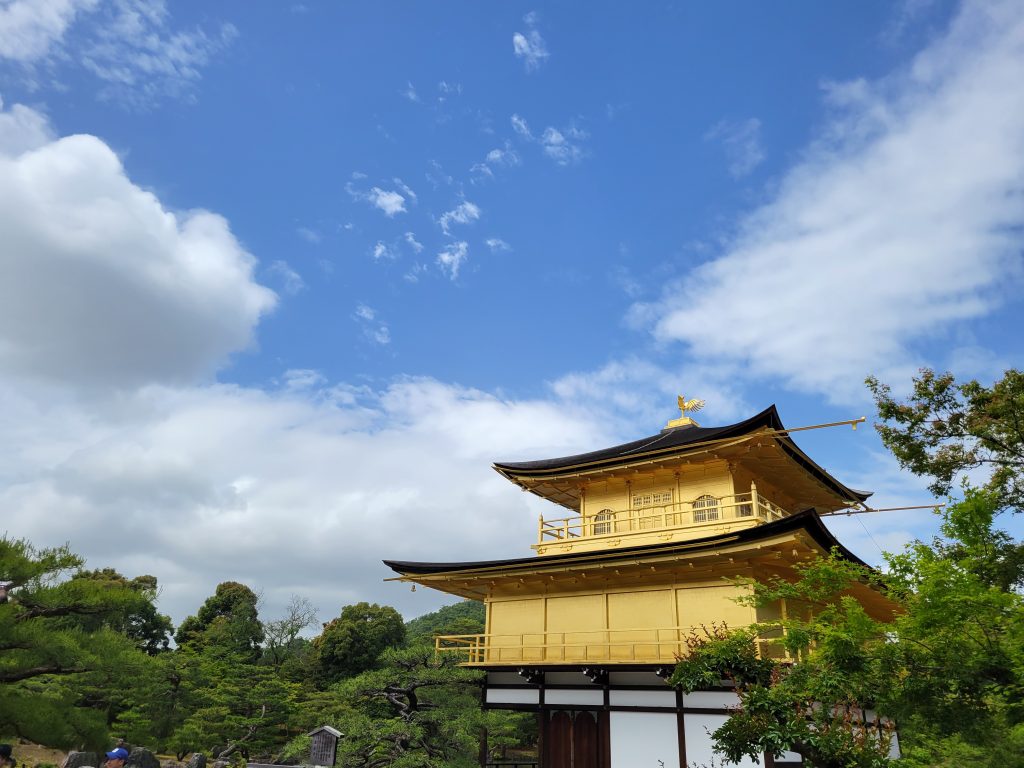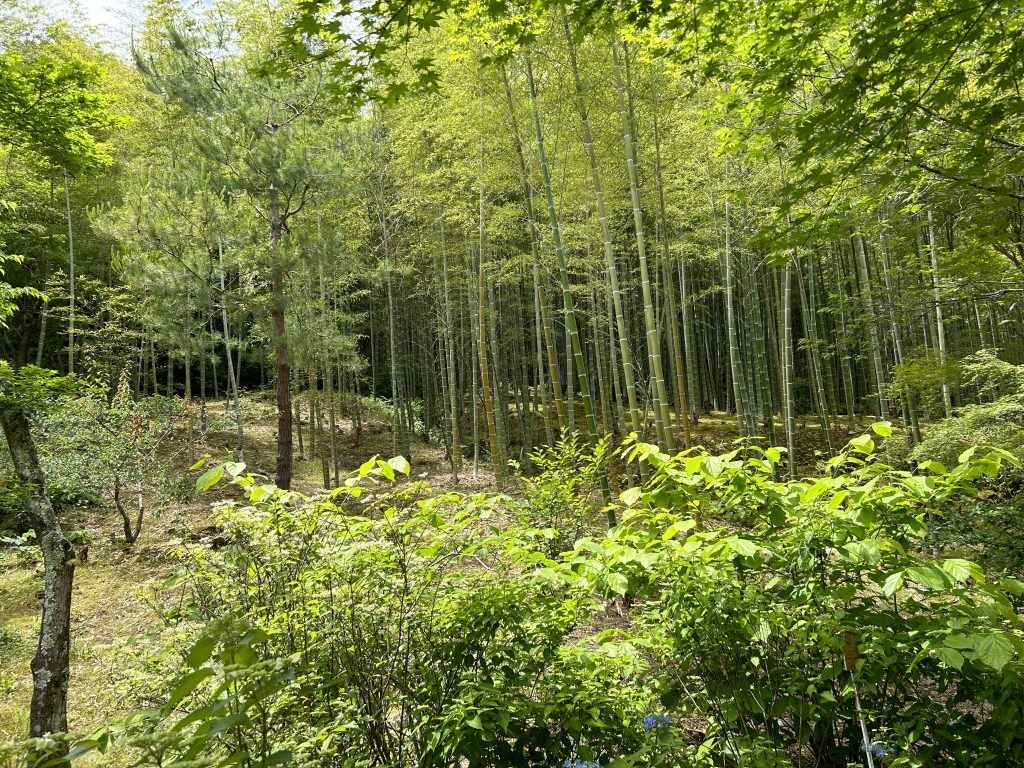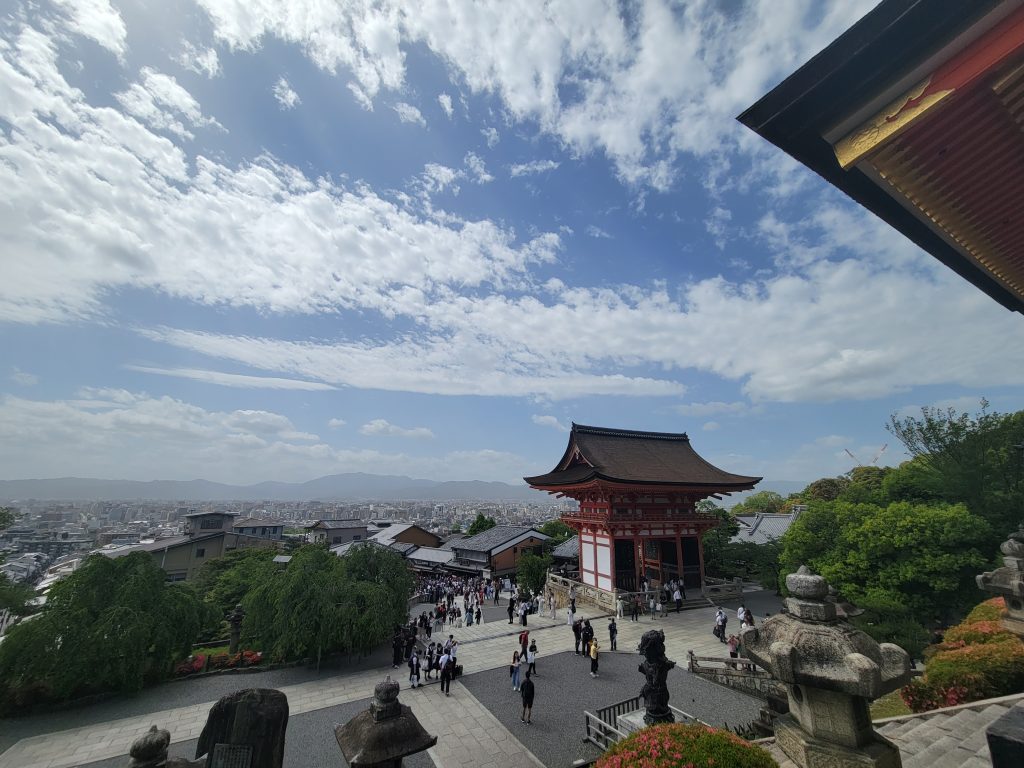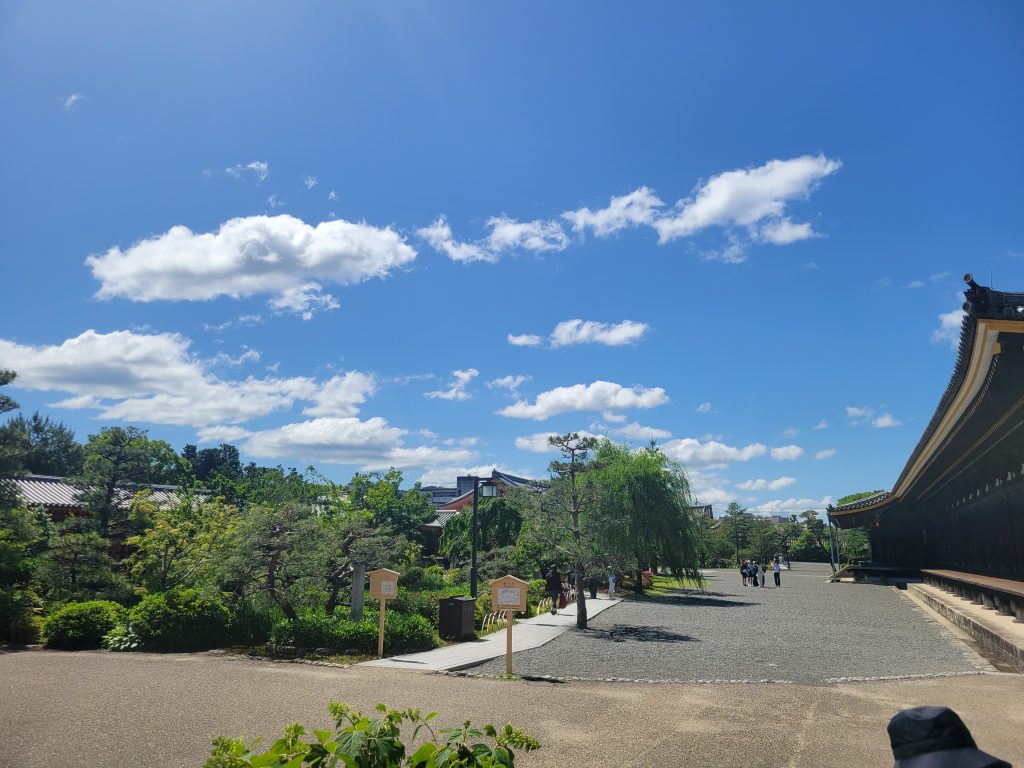
Sanjūsangen-dō Buddhist Temple
Today was another jam packed tourism day with our girl Yuko. The itinerary for the day included Zazen meditation in the morning, then we went to a Buddhist temple, then to a tea ceremony/tour of a popular Kyoto street, and then free time for lunch. This might have been my favorite day of the trip so far because the Buddhist temple we went to was just so cool. It was home to 1001 Buddha statues, including a bunch of different deities and one massive statue of Kannon, the Goddess of Mercy.
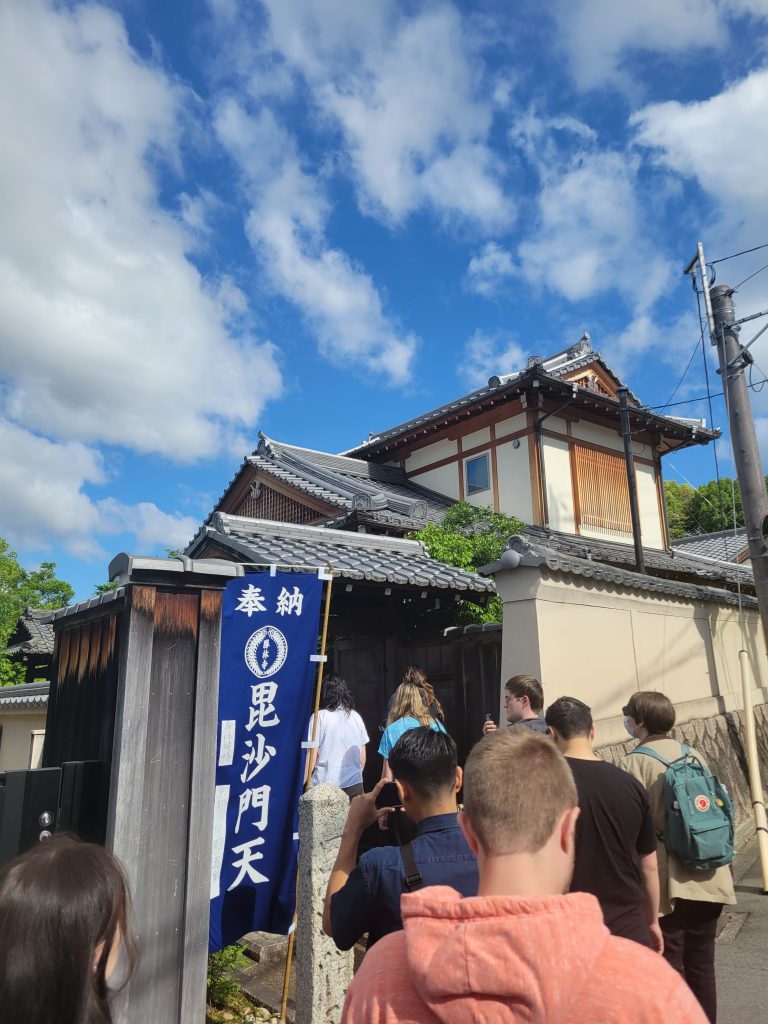
The temple we learned Zazen at
The first thing on the list was the Zazen meditation early in the morning. We bussed over to a temple and were taught how to perform Zazen by the monk who is in charge of that specific temple. Zazen is a form of meditation in which one sits up straight, puts their left foot on their right thigh, their right foot on their left thigh, closes their eyes half way, looks at the ground one meter ahead of them, and breaths in and out whilst counting to 10. It was very difficult to get my legs into the position of the meditation, but I was able to do it for the most part until it got too painful. Overall I really enjoyed the experience since it was very relaxing. I also picked up a fortune for 200 yen that Toshi sensei read for me. It was a good fortune :).
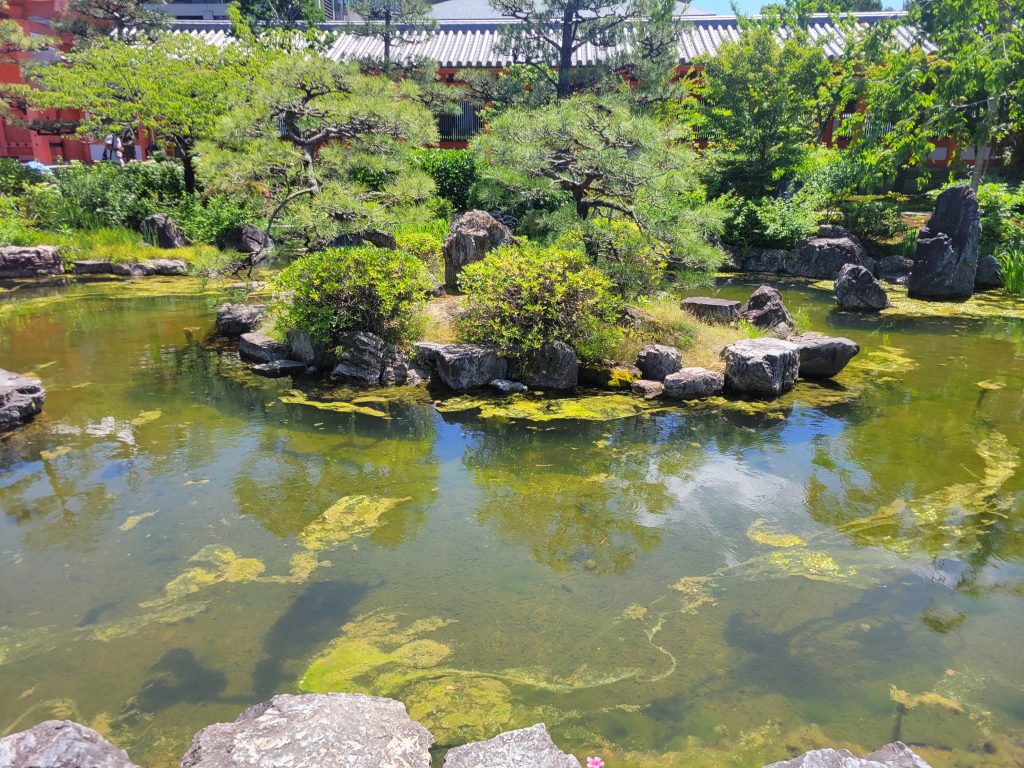
Pond outside of the Sanjūsangen-dō Buddhist Temple
Next was the Buddhist temple Sanjūsangen-dō. This place was insane. The courtyard outside of the room for viewing the Buddha statues was gorgeous and the statues were sooo cool. Most of the statues were smallish 1000 armed statues of Kannon, but there was a statue of most, if not all, other Buddhist deities. It looked like a literal army it was so cool. I don’t remember all of the deities but they had one for the God of Thunder and one for the God of Wind. The deity statues were insanely detailed and really impressive works of art. However, the most impressive thing in the room was the massive statue of Kannon, the Goddess of Mercy. Kannon is said to have 11 heads for better seeing the suffering of mankind, and 1000 hands to help all of those in need. This statue was so unbelievably cool, but I don’t have pictures of it because they weren’t allowed.

Tea I made at the tea ceremony
The last thing on the list for the day was a tea ceremony. We went back to the same street that led up to the Buddha temple from yesterday, but this time we took a different route to the tea ceremony place. It was a really cool experience to learn the traditional art of Japanese tea ceremonies. Apparently there are a bunch of schools you can go to in Japan to specifically learn the tea ceremony. Our instructor was a woman who has been practicing the ceremony for 5 years, and she said she was still very new. For this ceremony we made matcha tea. The ceremony consisted of cleaning your tools, pooring the water, putting in the matcha, and then whisking the tea until it is done. It was really cool to watch the instructor commence the ceremony so elegantly. After the instructor made a cup of tea it was our turn to whisk our own tea. It was really good tea and the experience was super fun. There was a way to whisk the tea as well. We had to whisk only forward and backward, not left and right. If there were bubbles we were meant to slowly move the whisking motion to the left or right to break the bubbles, but the motion had to still be forward.
We had to split up our group into a group of 8 and a group of 12, since we were such a large group. While the other group was doing the ceremony Yuko gave us a tour of the street, which was cool. We saw a shrine with a bunch of these rolled up monkeys placed along a wall. The monkeys are meant to represent the human desires, and rolling them up is a way to symbolically remove those desires from your body and mind. Overall it was a really fun day, but it was long. After the tea ceremony we went back to Kyoto station and split up to eat dinner, then we just went back to the hotel and chilled.
